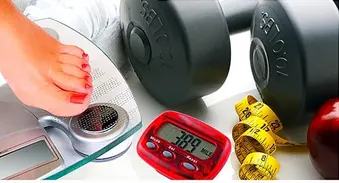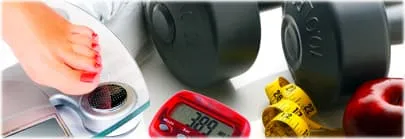Quiz: All About Inches
Medically Reviewed by Jennifer Robinson, MD on August 23, 2022

Question 1/11
Your waist size can be an indicator of your overall health.
- True
- False
Question 2/11
For most people, the key to losing inches is losing fat.
- True
- False
Question 3/11
Extra inches around your waist are worse than around your hips.
- True
- False
Question 4/11
Spot reducing can trim weight from your arms, bottom, and thighs.
- True
- False
Question 5/11
You can tone your waistline with ab exercises.
- True
- False
Question 6/11
How many calories do you have to burn to lose 1 pound of fat?
- 500
- 1,000
- 2,000
- 3,500
Question 7/11
What's the maximum number of pounds you should lose a week?
- 1
- 2
- 3
- 4
Question 8/11
Extra body fat has been linked to:
- Diabetes
- Arthritis
- Cancer
- All of the above
Question 9/11
Women have a harder time losing inches than men.
- True
- False
Question 10/11
Your genes always control whether you can lose weight and inches.
- True
- False
Question 11/11
Who will lose more at the start of a weight loss program?
- An inactive person who’s mildly overweight
- An active person who's mildly overweight
- An inactive person who's significantly overweight
- An active person who’s significantly overweight
